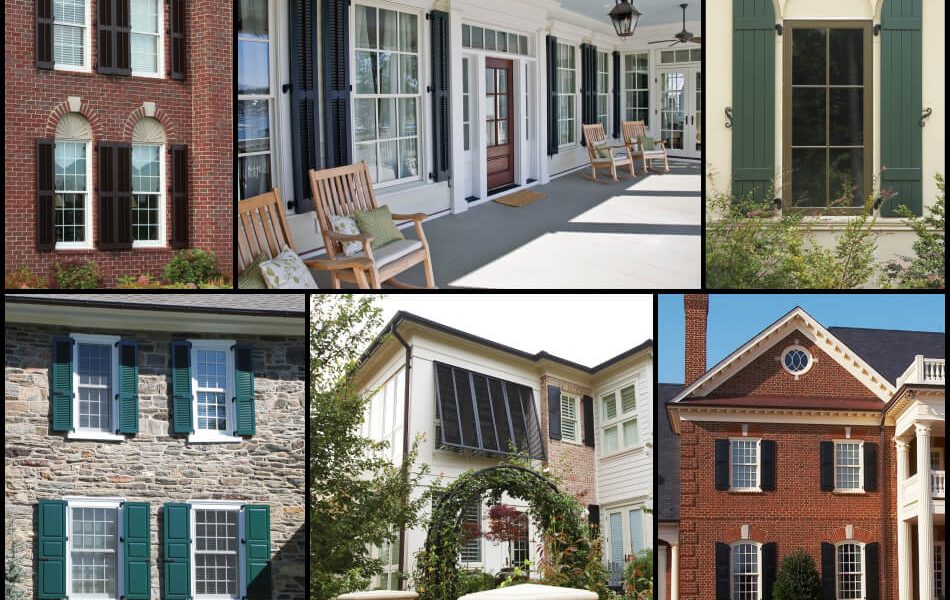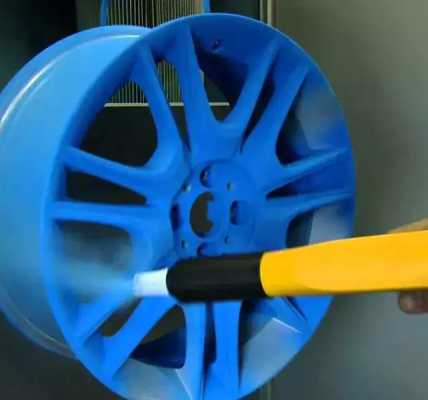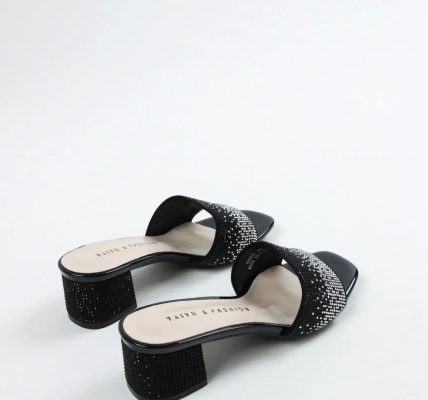Exterior shutters have long been a staple in home architecture, offering both functional benefits and aesthetic appeal. From their historical origins to modern-day applications, these versatile window treatments continue to captivate homeowners and designers alike. This article delves into the various aspects of exterior shutters, exploring their history, types, benefits, and tips for choosing the perfect shutters for your home.
A Brief History of Exterior Shutters
The history of exterior shutters dates back centuries, originating in ancient Greece. Early shutters were typically made of marble and provided protection from the harsh Mediterranean sun while allowing ventilation. Over time, the concept spread across Europe, where wooden shutters became more common.
In colonial America, shutters were an essential feature of homes. They provided security, privacy, and protection against the elements. Shutters were particularly popular in the South, where they helped to keep homes cool in the hot and humid climate. Today, exterior shutters are seen in various architectural styles worldwide, each reflecting a unique cultural influence.
Types of Exterior Shutters
Exterior shutters for windows come in a variety of styles, each with its own distinct characteristics and advantages. The main types include:
-
Panel Shutters: These solid shutters are known for their classic look. They can be flat, raised, or recessed panels and are often used in traditional or colonial-style homes. Panel shutters provide excellent security and weather protection.
-
Louvered Shutters: Featuring horizontal slats, louvered shutters offer a combination of privacy and ventilation. They are ideal for controlling light and airflow, making them popular in warmer climates. Louvered shutters can be fixed or operable.
-
Board and Batten Shutters: These shutters consist of vertical boards secured with horizontal or diagonal battens. They have a rustic, farmhouse appeal and are robust and durable, providing good protection against the elements.
-
Bermuda (or Bahama) Shutters: Hinged at the top, Bermuda shutters propped open at an angle provide shade and airflow while maintaining visibility. They are commonly used in tropical regions to protect against intense sunlight and storms.
-
Combination Shutters: These shutters blend elements from different styles, such as panels with louvers. Combination shutters offer versatility and can be customized to suit various architectural designs.
Benefits of Exterior Shutters
Exterior shutters offer numerous benefits beyond their visual appeal. Here are some key advantages:
-
Curb Appeal: One of the most significant benefits of exterior shutters is the boost they give to a home’s curb appeal. They add character and charm, enhancing the overall look of the property.
-
Protection from the Elements: Shutters can protect windows from severe weather conditions, such as hurricanes, strong winds, and hail. They can also provide insulation, keeping homes cooler in the summer and warmer in the winter.
-
Privacy and Security: Shutters offer an additional layer of security, making it harder for intruders to break into the home. They also provide privacy, especially in densely populated areas.
-
Energy Efficiency: By regulating sunlight and airflow, shutters can reduce energy consumption. Properly installed shutters can minimize the need for air conditioning and heating, leading to lower utility bills.
-
Versatility: Available in various materials, colors, and styles, shutters can be tailored to fit any architectural design. They can be painted to match or complement the exterior of the home.
Choosing the Right Exterior Shutters
Selecting the perfect exterior shutters involves considering several factors, including style, material, and functionality. Here are some tips to guide your decision:
-
Assess Your Home’s Architecture: The style of your home should influence your choice of shutters. For instance, louvered shutters work well with Southern or coastal homes, while board and batten shutters are perfect for cottages and farmhouses.
-
Choose the Right Material: Shutters are available in various materials, each with its own set of benefits:
- Wood: Offers a traditional and authentic look. Wood shutters can be painted or stained, but they require regular maintenance to prevent rot and decay.
- Vinyl: Low-maintenance and affordable, vinyl shutters are resistant to moisture and insects. However, they might not have the same aesthetic appeal as wood.
- Composite: Made from engineered wood or PVC, composite shutters combine the beauty of wood with the durability of synthetic materials. They are resistant to warping and rotting.
- Aluminum: Highly durable and low-maintenance, aluminum shutters are ideal for areas prone to extreme weather. They offer a modern look and are often used in industrial or contemporary designs.
-
Functionality: Decide whether you want your shutters to be purely decorative or functional. Operable shutters can provide ventilation, light control, and protection, while fixed shutters serve only as decorative accents.
-
Consider the Climate: Your local climate should influence your shutter choice. In humid or coastal areas, materials like vinyl or composite that resist moisture and salt are preferable. In colder climates, wood or composite shutters that offer better insulation might be more suitable.
-
Maintenance Requirements: Consider how much time and effort you are willing to invest in maintaining your shutters. Wood shutters require more upkeep compared to vinyl or composite shutters, which are more resistant to wear and tear.
-
Color and Finish: Choose a color and finish that complements your home’s exterior. While classic colors like white and black are always popular, bold hues can make a statement and add personality to your home.
Installing Exterior Shutters
Proper installation is crucial to ensure that your exterior shutters function correctly and look great. Here are some general steps to follow:
-
Measure Your Windows: Accurate measurements are essential. Measure the height and width of each window, noting any variations.
-
Select Hardware: Choose the appropriate hardware for your shutters, including hinges, screws, and fasteners. Ensure the hardware is compatible with the shutter material and the exterior of your home.
-
Prepare the Shutters: If necessary, paint or stain your shutters before installation. Allow them to dry completely.
-
Attach Hinges: Secure the hinges to the shutters, ensuring they are aligned properly. If you are installing operable shutters, ensure the hinges are placed to allow the shutters to open and close smoothly.
-
Mount the Shutters: Position the shutters on the window frame, marking the placement of the hinges. Drill pilot holes and attach the shutters using the appropriate screws or fasteners. Ensure the shutters are level and securely attached.
-
Test Functionality: If your shutters are operable, test them to ensure they open and close properly. Make any necessary adjustments to the hardware.
Maintaining Exterior Shutters
To keep your exterior shutters looking their best and functioning properly, regular maintenance is essential. Here are some maintenance tips:
-
Cleaning: Regularly clean your shutters to remove dirt, dust, and debris. Use a mild soap solution and a soft brush or cloth. Avoid harsh chemicals that can damage the finish.
-
Inspect for Damage: Periodically inspect your shutters for signs of damage, such as cracks, warping, or peeling paint. Address any issues promptly to prevent further deterioration.
-
Repaint or Stain: If you have wooden shutters, repaint or restain them every few years to maintain their appearance and protect the wood from the elements.
-
Lubricate Hardware: For operable shutters, lubricate the hinges and other moving parts to ensure smooth operation. Use a silicone-based lubricant to prevent rust and corrosion.
-
Check Fasteners: Ensure that all screws and fasteners are secure. Tighten any loose components to keep your shutters firmly attached.
Conclusion
Melton Classics Exterior shutters are a timeless addition to any home, offering both practical benefits and aesthetic charm. With a variety of styles and materials available, homeowners can find the perfect shutters to enhance their home’s appearance and functionality. By carefully selecting, installing, and maintaining your shutters, you can enjoy their beauty and benefits for years to come. Whether you’re aiming to boost curb appeal, improve energy efficiency, or protect your home from the elements, exterior shutters are a smart and stylish choice.





